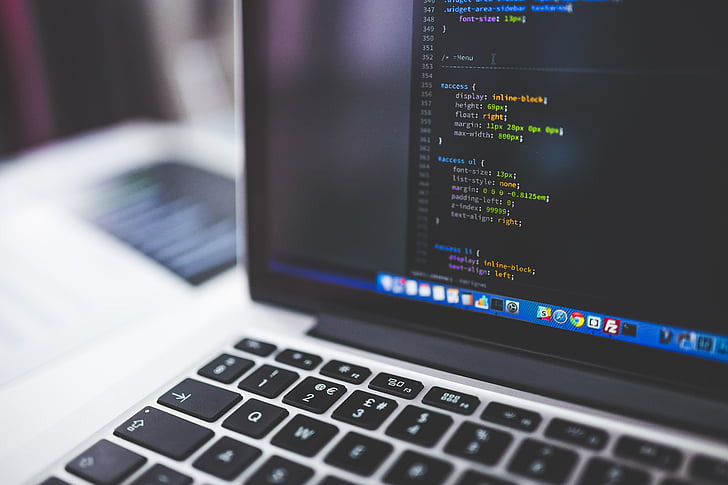You can hear of function block diagrams, one of industry professionals’ most popular and preferred programming languages. Yet, PLC programming continues beyond it to 4 other languages with significant advantages.
Most industry organizations have at least one of these languages to expand their skills and support other programmers. Let’s explore together!
What are PLC Programming Languages?
PLCs include five primary programming languages: function block diagrams, ladder logic, sequential function charts, instruction lists, and structured text.
Function Block Diagram
FBD has many input and output blocks, so it is undoubtedly the most preferred PLC language. When users want to connect devices to PLC, they can completely bind to the input to send variables to the output in this language quickly.
Furthermore, the output from one block may be input into another, allowing the user to define the system’s functions easily.
The FBD is rather simple and easy to understand. However, I recommend the training to harness how to use it effectively.
It is an excellent choice for safe PID and PLC loops. Especially when you want to reuse code, hide data, or perform head filtering, this rule is even more critical.
Ladder Logic

Ladder form based on relay logic circuit diagram. It comes with two parallel bars connected by short steps. Contacts and coils on each rung represent inputs and outputs, respectively.
It is flexible, simple, and straightforward to learn. So, suppose you are looking to use graphical PLC language for troubleshooting.
In that case, ladder logic is a reliable choice, especially when working with PID control and multiple Boolean algebra systems.
Sequential Function Charts
SFCs are the graphical PLC language. It is based upon GRAFCET as well as is similar to algorithm flowcharts.
It has transitions and steps, where steps are transitions and actions are logical conditions. The main essence of this language is to control the program flow.
In other words, you may simplify a complex process by breaking it down into manageable chunks with this language.
SFC is the ideal choice if you are looking to troubleshoot or run batch, serial, and mass production programs. It helps you to monitor and handle complex charts.
Instruction List
IL is also a low-level PLC language.
Since the command list is not typical in the IEC standard, only some PLCs program with it, but some are still available with IL, so it’s better to understand what it’s all about to ensure the best user experience.
This language contains simple and complex instructions, such as Store or Jump.
Structured Text
Last but not least is structured text, one of the top-level PLC languages.
It comes with a syntax system easily comparable to C or C++, such as IF, used to execute functions. With a concise and easy-to-implement language, it is easy for beginners to learn independently without much difficulty.
Structured Text is the perfect choice for troubleshooting because of the complicated variable state. It is also well-suited to bar code analysis, machine code gap closing, iteration, data manipulation, data search, and complex math.
Guides to PLC Programming
You have known all the most basic and overview information about the 5 most popular PLCs today.
As a newbie, you can also wonder which one to choose or where to start. This section below will help you answer them all. Keep reading for details.
What to learn?
The decision to choose depends on the language used. Many studies suggest that people use ladder diagram language for every application.
Ladder logic is also the preferred language of many people. You should learn what languages the devices are already using and familiarize yourself with them.
Where to learn?
There are many resources for learning PLC programming for beginners. These include courses from vendors, online learning platforms, and YouTube.
For example, Rockwell’s ControlLogix is a top recommendation for those who want a solid foundation for industrial automation success.
Yet, training courses from a provider can cost thousands of dollars out of your wallet. You should consider some free online courses like Udemy to get started.
How long does it take to learn?
You need to spend about 32 weeks of part-time study to understand PLC and its common languages. Many training programs now offer modules to fit everyone’s schedule. You can learn at your own pace until you complete your program.
FAQs
What programming language should I learn for PLC?
Ladder logic is a popular programming language for programmable logic controllers (PLCs). However, structured text, block diagrams, and sequential function diagrams are also helpful programming languages.
They may be a more suitable choice than ladders. It depends on your application operations, needs, and operational purposes.
How do I start learning PLC programming?
To get started with PLC programming, you first need to determine the language you need to learn, then search and take the most suitable course, such as:
- Industrial Automation Bootcamp
- Allen-Bradley PLC Training
- FactoryTalk ME with SCADA PLC
- Learning PLC Ladder Logic
- Siemens S7-1200 PLC
What is the easiest PLC to program?
With my experience in training PLC engineers and maintenance, ladder logic and structured text are the easiest PLCs to learn. You can work with it efficiently, even starting out.
Is PLC programming easy to learn?
The short answer is no. Learning PLC programming is a complex matter.
It’ll be challenging to master this language’s hardware and software foundation, especially if you have no knowledge or experience.
Conclusion
Function block diagrams, ladder logic, sequential function charts, instruction lists, and structured text are PLC programming languages for beginners.
They are available on many platforms and provide convenient benefits for every user. However, some PLCs will restrict your access.
Hopefully, this article has provided you with useful information. Do not forget to share this article on social networks so that your friends and loved ones have more necessary information. Thank you for reading!

